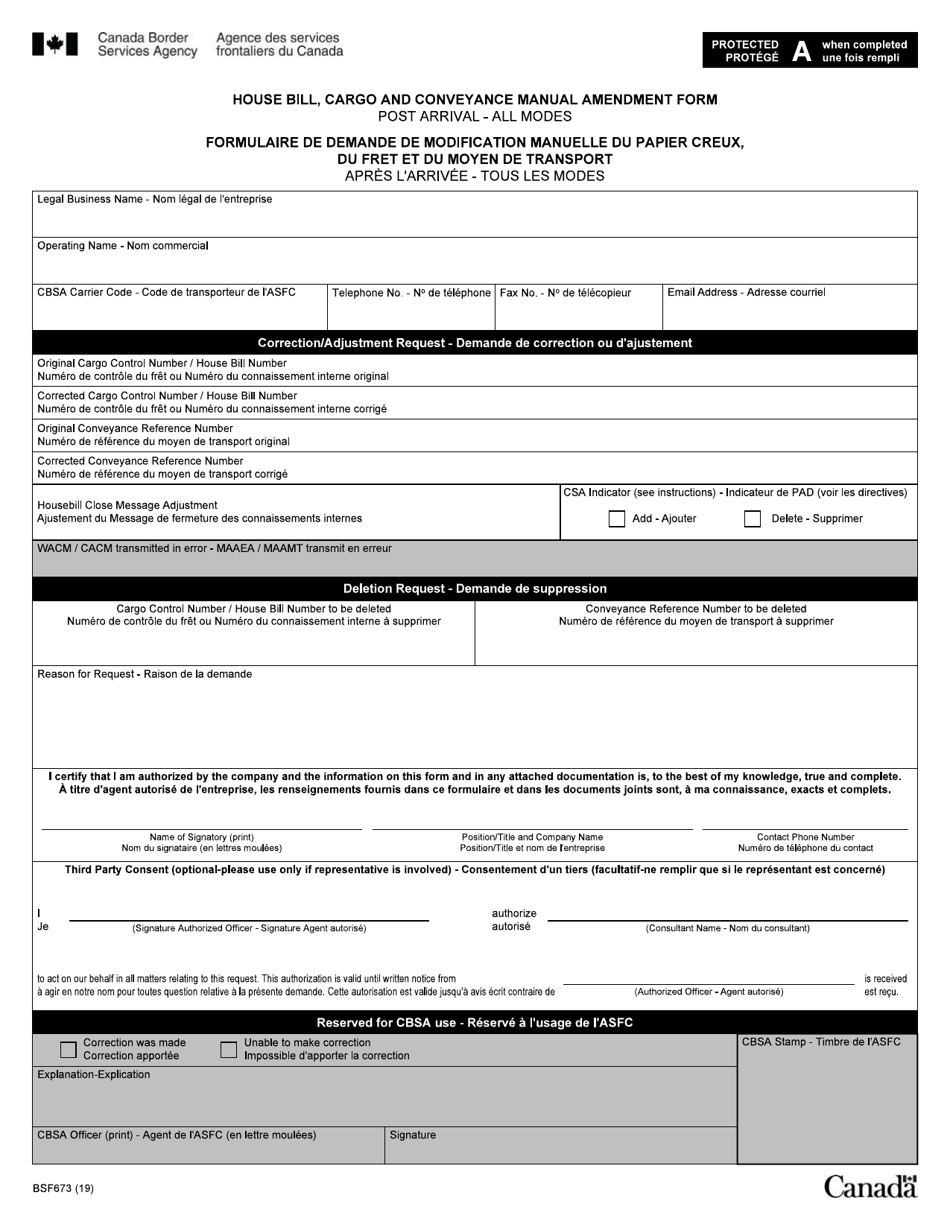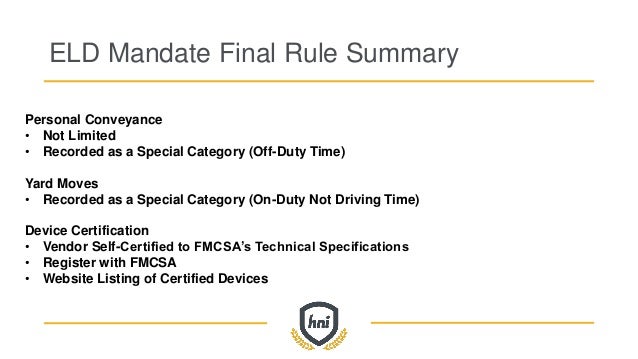

A driver placed out of service for exceeding the requirements of the hours of service regulations may not drive a CMV to any location to obtain rest. The driver who uses a motor carrier's CMV for transportation home, and is subsequently called by the employing carrier and is then dispatched from home, would be on-duty from the time the driver leaves home. A driver may not operate a laden CMV as a personal conveyance. The type of conveyance used from the terminal to the driver's home, from the driver's home to the terminal, or to restaurants in the vicinity of en route lodgings would not alter the situation unless the vehicle is laden. Similarly, time spent traveling short distances from a driver's en route lodgings (such as en route terminals or motels) to restaurants in the vicinity of such lodgings may be considered off-duty time. Guidance: When a driver is relieved from work and all responsibility for performing work, time spent traveling from a driver's home to his/her terminal (normal work reporting location), or from a driver's terminal to his/her home, may be considered off-duty time. Question: If a driver is permitted to use a CMV for personal reasons, how must the driving time be recorded? Question 26 of the interpretations for 49 CFR Section 395.8 discusses its use: What is allowed is often a matter of enforcement. This is because there is no regulation, and only one interpretation, pertaining to it.

Personal use and personal conveyance of a commercial motor vehicle (CMV) is one of the “fuzziest” topics regarding hours of service (HOS).


 0 kommentar(er)
0 kommentar(er)
